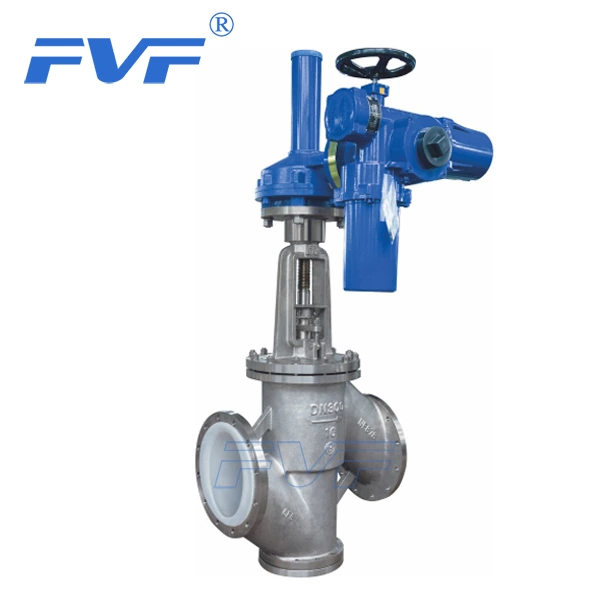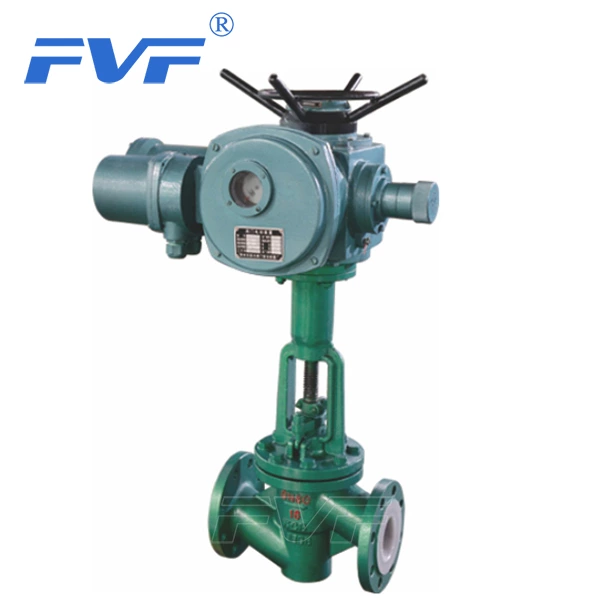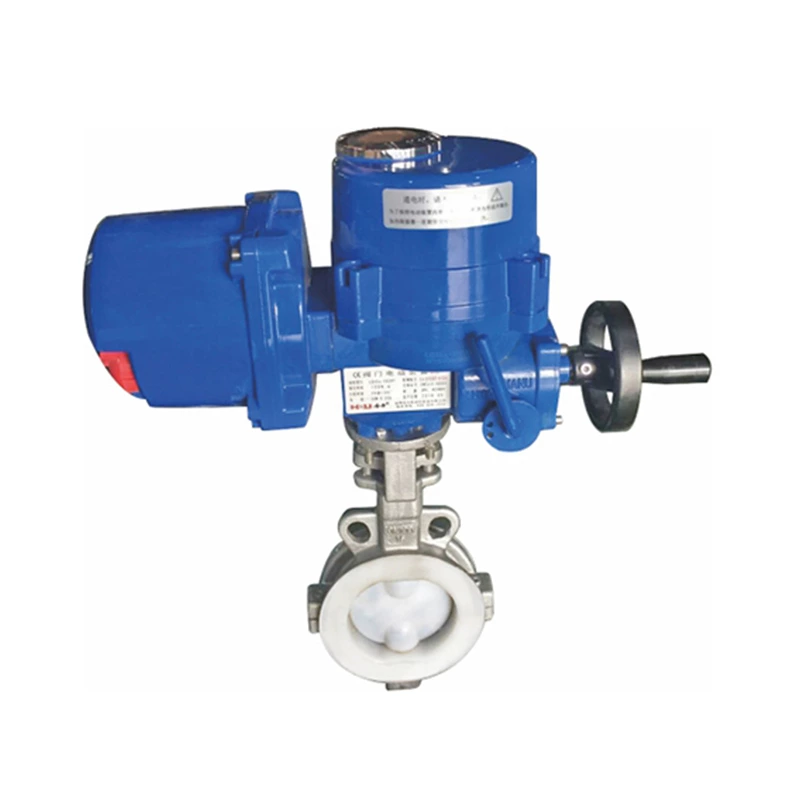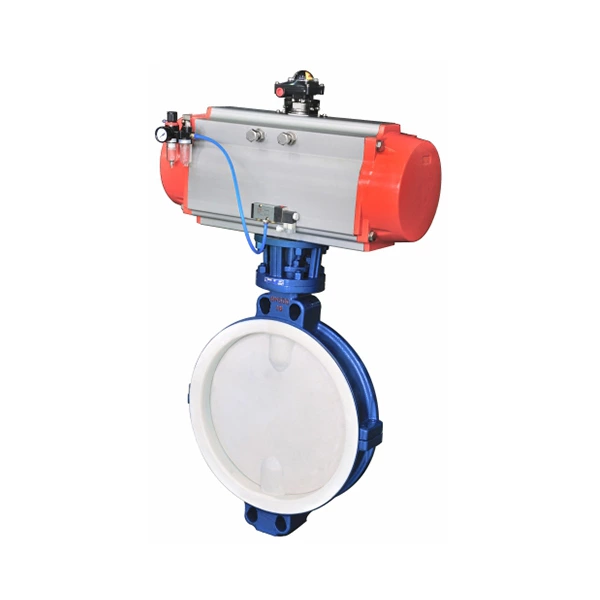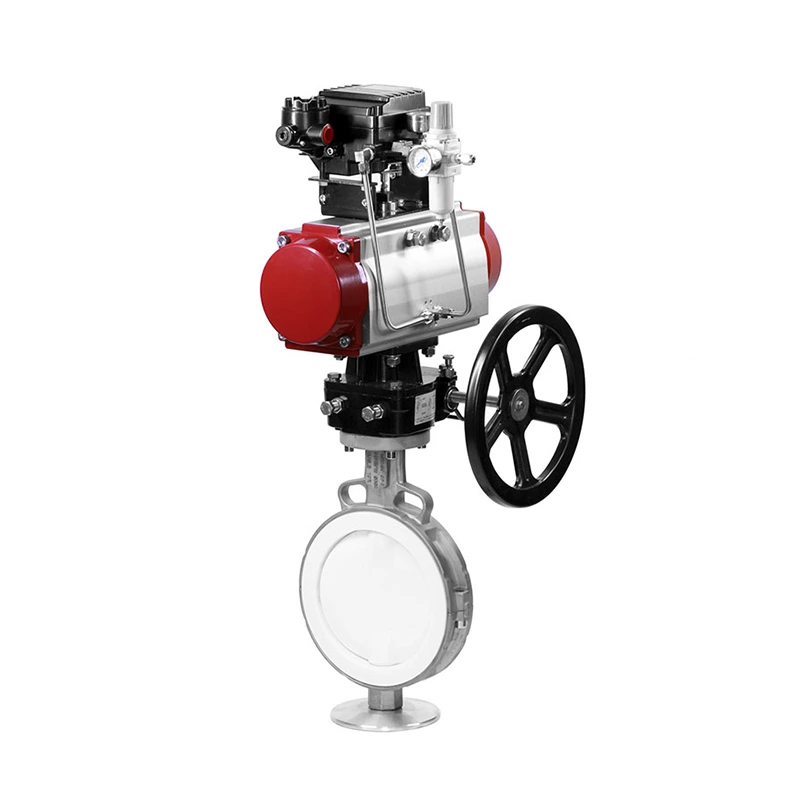The Difference Between Ball Valve And Stop Valve
The stop valve is a forced sealing valve. The valve stem opening or closing stroke is relatively short, and it has a very reliable cutting action, which makes this valve very suitable for cutting off, regulating and throttling the medium. Therefore, when the valve is closed, pressure must be applied to the valve disc to force the sealing surface to not leak. When the medium enters the valve from under the valve disc, the resistance that the operating force needs to overcome is the friction between the valve stem and the packing and the thrust generated by the pressure of the medium. The force to close the valve is greater than the force to open the valve, so the diameter of the valve stem should be larger, otherwise the valve stem will bend. Once the valve disc of the stop valve is in the open state, there is no contact between its valve seat and the valve disc sealing surface, and it has a very reliable cutting action, which makes this valve very suitable for cutting off, regulating and throttling the medium!
The stop valve has the following advantages:
1. Simple structure, easy to manufacture and maintain.
2. Small working stroke, short opening and closing time.
3. Good sealing, small friction between sealing surfaces, and long service life.
The disadvantages of the stop valve are as follows:
1. The fluid resistance is large, and the force required for opening and closing is large.
2. It is not suitable for media with particles, high viscosity, and easy coking.
3. The adjustment performance is poor.
2. Ball valve
The working principle of the ball valve is to *rotate the valve to make the valve unblocked or blocked. The ball valve is light and small in size, can be made into a large diameter, has reliable sealing, simple structure, and convenient maintenance. The sealing surface and the spherical surface are often in a closed state and are not easily eroded by the medium. It is widely used in various industries. High-pressure ball valves are divided into two categories, one is floating ball type and the other is fixed ball type.
Ball valves are mainly used to cut off or connect the medium in the pipeline, and can also be used for fluid regulation and control. Among them, the hard-sealed V-type ball valve has a strong shear force between the V-type ball core and the metal valve seat of the hard alloy surfacing, which is particularly suitable for media containing fibers, tiny solid particles, etc. The multi-way ball valve can not only flexibly control the confluence, diversion, and flow switching of the medium on the pipeline, but also close any channel to connect the other two channels.
It has the following advantages:
1. The fluid resistance is small, and its resistance coefficient is equal to that of the pipe section of the same length.
2. Simple structure, small size, and light weight.
3. Tight and reliable. At present, the sealing surface material of the ball valve is widely made of plastic, which has good sealing performance and has been widely used in vacuum systems.
4. Easy to operate, open and close quickly, and only need to rotate 90° from full open to full closed, which is convenient for long-distance control.
5. Easy to maintain, the ball valve has a simple structure, and the sealing ring is generally movable, which is convenient for disassembly and replacement.
6. When fully open or fully closed, the sealing surface of the ball and the valve seat is isolated from the medium, and the medium will not cause erosion of the valve sealing surface when passing through.
7. It has a wide range of applications, with diameters ranging from a few millimeters to several meters, and can be used from high vacuum to high pressure.
